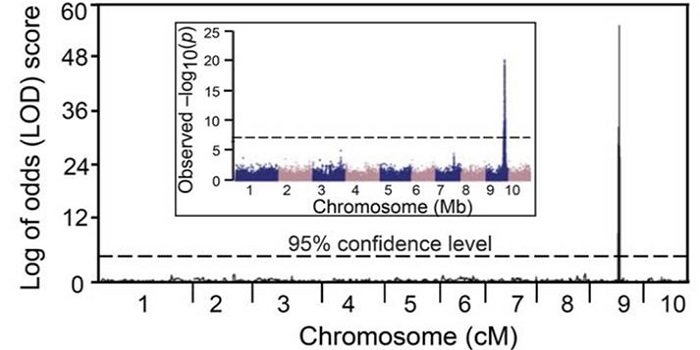
Chemical Defenses of Maize Roots
Blog, Plant Physiology, Plant Physiology: On The Inside, Research, Research BlogOf the many classes of natural products produced by plants, terpenoids are the most structurally diverse, with well over 25,000 established compounds. In maize (Zea mays), terpene olefins are nearly ubiquitous components of induced volatile emissions following biotic stress. In contrast to our understanding…
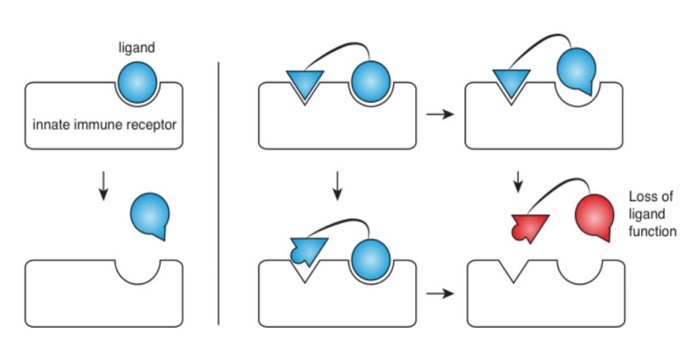
The structural basis of flagellin detection by NAIP5: A strategy to limit pathogen immune evasion ($)
Blog, Plant Science Research Weekly, Research, Research BlogBoth plants and animals have a sophisticated immune system comprising receptors to detect pathogen-encoded epitopes or virulence molecules. These receptors are programmed to recognize pathogen ligands which are rapidly evolving over an evolutionary time. However, the structural basis of ligand perception…

Transgenic Cavendish bananas with resistance to Fusarium wilt
Blog, Plant Science Research Weekly, Research, Research BlogBanana, the common breakfast component, is also a staple food in some regions of the world. More than 99% of the bananas exported world-wide are the clonally-propagated Cavendish variety, which have very little genetic variation and so are prone to disease outbreaks. Recent years have witnessed the emergence…

Resistance to Wheat Stripe Rust
Blog, Plant Physiology, Plant Physiology: On The Inside, ResearchWheat (Triticum aestivum) yields can be severely reduced by the obligate biotrophic pathogen Puccinia striiformis f. sp. tritici (Pst). Currently, approaches to manage this disease rely on cultivar resistance coupled with fungicide application. However, driven by a greater need for wheat production,…
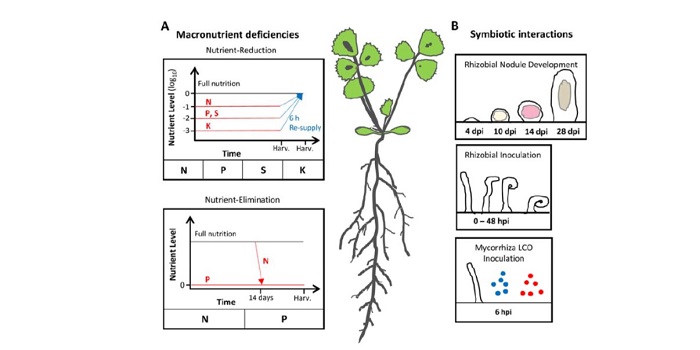
The Small Secreted Peptides of Legumes
Blog, Plant Physiology, Plant Physiology: On The Inside, Research, Research BlogSmall secreted peptides (SSPs) are peptides of 5 to 50 amino acid residues that are secreted into the apoplast. SSPs are critical regulators of a diverse array of growth and developmental processes in plants, including root growth, nutrient homeostasis, meristem maintenance, stress acclimation, pathogen…
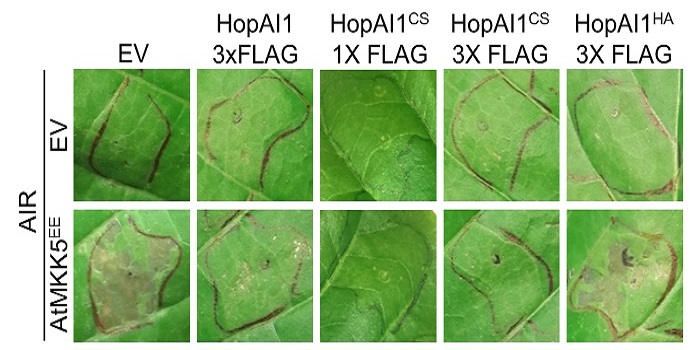
Disarming the Assassins Within: Plant Cells Use S-Nitrosylation to Deactivate the HopAI1 Effectors
Blog, Research, Research Blog, The Plant Cell, The Plant Cell: In BriefThe assassin who injects a bead of poison by stabbing his victim with the tip of his umbrella has got nothing on plant pathogenic bacteria such as Pseudomonas syringae, which injects dozens of effector proteins into plant cells. These effectors act as tiny assassins to take out host defenses by diverse…
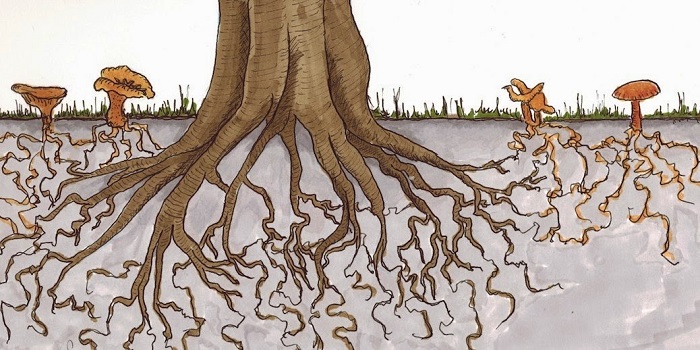
Mycorrhizal fungi shaped the evolution of terrestrial plants
Blog, Plant Science Research Weekly, Research, Research BlogMutualistic associations between plants and fungi are incredibly widespread, occurring in 90% of extant land plants, and likely are the most ecologically important symbiotic relationships on Earth. Fungi played an integral part in land plant evolution; roots only evolved after early land plants colonised…
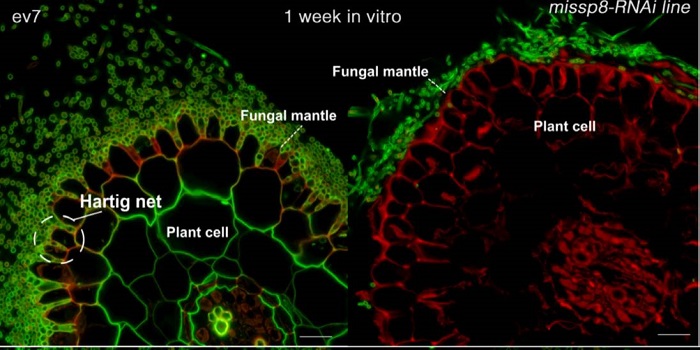
Laccaria bicolor MiSSP8 is a small-secreted protein decisive for the establishment of the ectomycorrhizal symbiosis
Blog, Plant Science Research Weekly, Research, Research BlogMycorrhizal symbiosis involves extensive signaling between plants and their fungal partners. Mycorrhiza-induced small secreted proteins (MiSSPs) have been hypothesized to be involved in diverse processes to suppress plant defense and promote fungal life-cycles. Clement et al. functionally characterized…
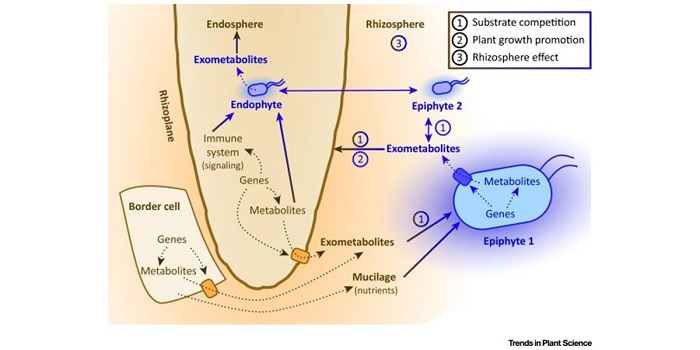
Review. Feed your friends: Do plant exudates shape the root microbiome? ($)
Blog, Plant Science Research Weekly, Research, Research BlogA wide variety of beneficial and pathogenic microbes surrounds plants both below and above ground. This microbial diversity is shaped by different biotic and abiotic factors and plays a role in maintaining plant health in natural settings. Hence, it is vital to understand the influence of different factors…

